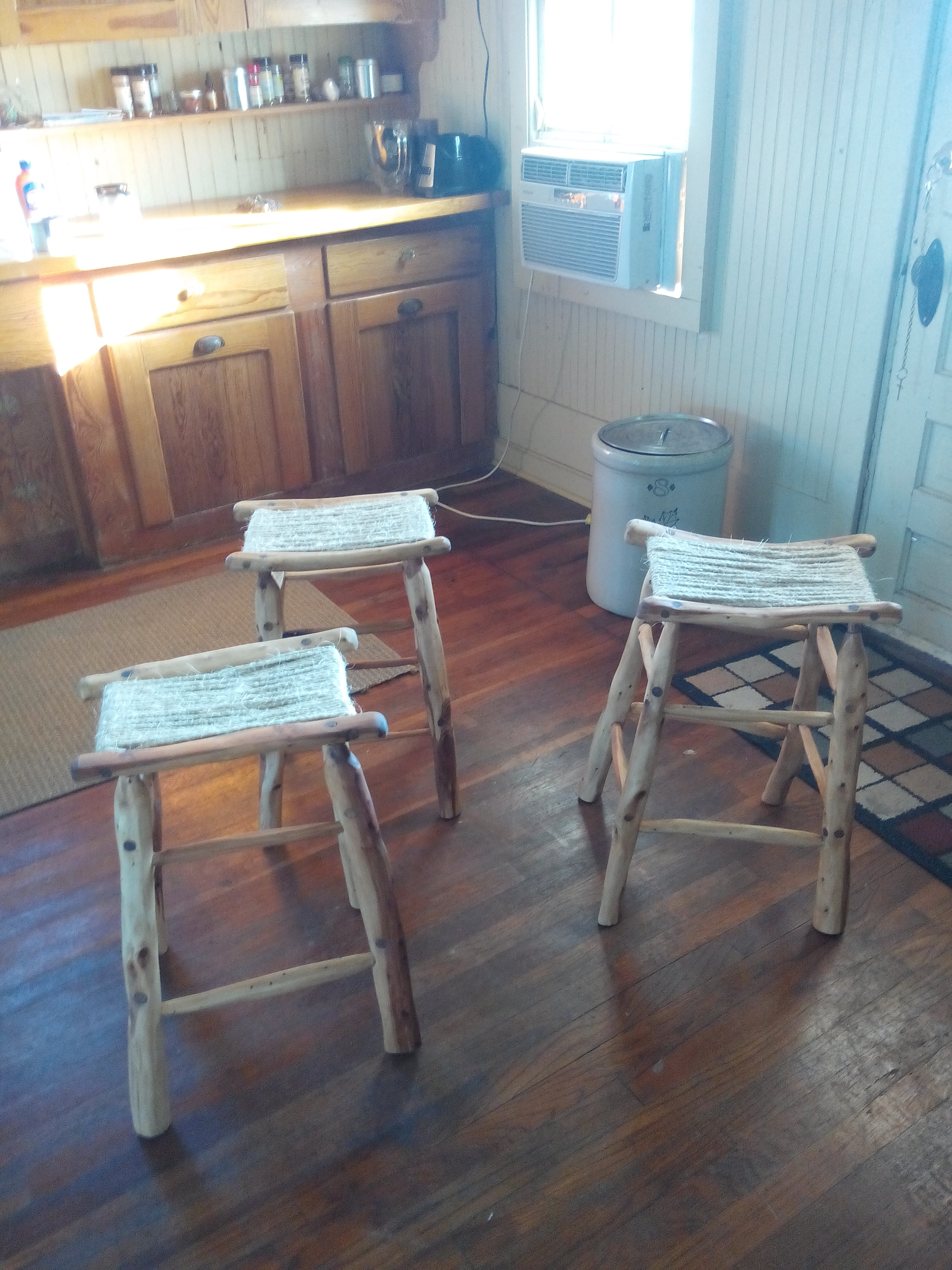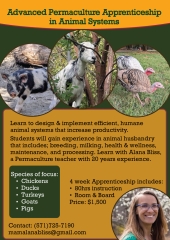
 1
1




 1
1












Pecan Media: food forestry and forest garden ebooks
Now available: The Native Persimmon (centennial edition)





Owner, Etta Place Cider
 2
2




Harry: I can't believe we drove around all day and there's not a single job in this town. There is nothing, nada, zip!
Lloyd: Yeah, unless you wanna work 40 hours a week!








 2
2




 1
1




 1
1




we don't have a problem with lack of water we have a problem with mismanagement
beavers the original permies farmers
If there is no one around to smell you ,do you really stink!












 2
2




 1
1




 5
5




Buy Our Book! Food Web: Concept - Raising Food the Right Way. Learn make more food with less inputs
Off Grid Homesteading - latest updates and projects from our off grid homestead
 1
1




Pecan Media: food forestry and forest garden ebooks
Now available: The Native Persimmon (centennial edition)








Buy Our Book! Food Web: Concept - Raising Food the Right Way. Learn make more food with less inputs
Off Grid Homesteading - latest updates and projects from our off grid homestead
























When's the best time to plant a tree? About 20 years ago. When's the next best time? Today!








 2
2









Daniel Kern wrote:Milled cedar is truly beautiful. There are a couple cedar mills around here. Maybe I need to explore those options more. Although I did just discover a good use for cedar. I don't know how it would coppice but that is not too important because it is so abundant. But the wood has some similar qualities to willow which is used in traditional bentwood woodworking. Yesterday I used some cedar greenwood to make this chair.








Standing on the shoulders of giants. Giants with dirt under their nails
 1
1








| I agree. Here's the link: http://stoves2.com |





